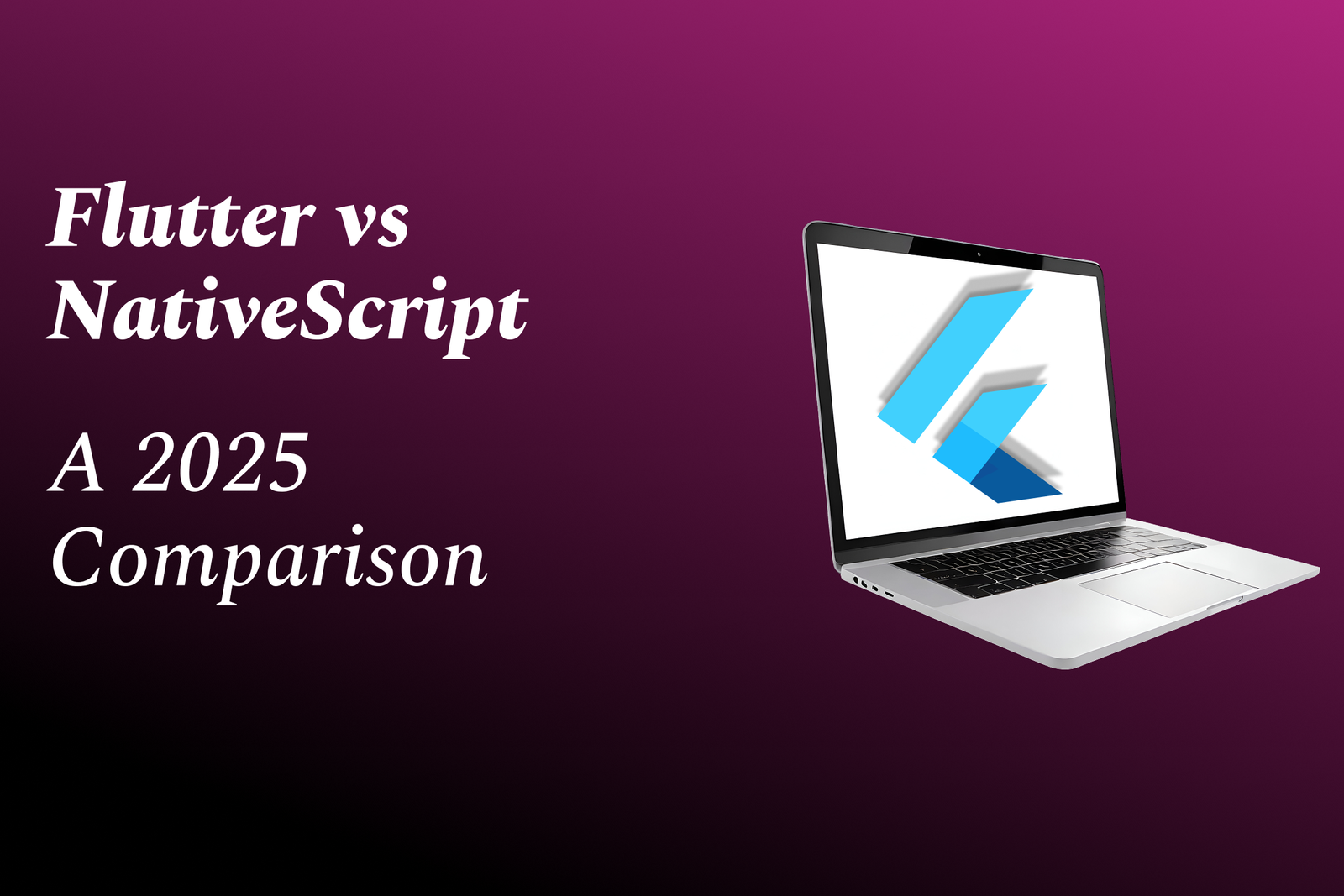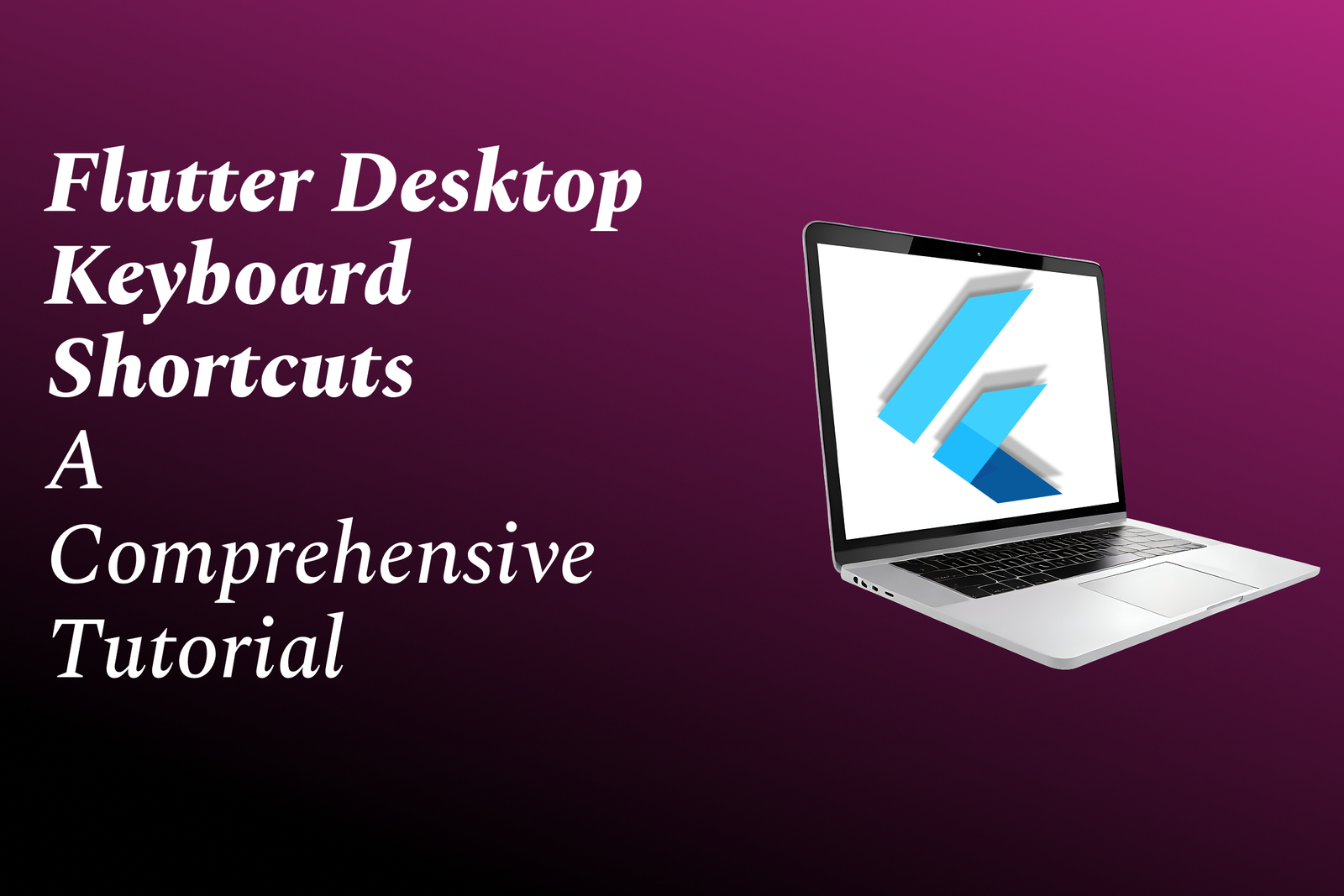Implementing Responsive Design Principles
Mastering Responsive Design Principles
Implementing Responsive Design Principles
Implementing responsive design principles involves creating web layouts that adapt seamlessly to various screen sizes and devices, ensuring an optimal user experience across desktops, tablets, and smartphones. This is achieved through flexible grid-based layouts, adaptable images, and CSS media queries that detect the user's device characteristics, allowing for adjustments in content arrangement, font sizes, and navigation elements. By prioritizing fluidity and accessibility, responsive design enhances usability and engagement, reduces the need for separate mobile sites, and contributes to improved SEO rankings, as users enjoy a consistent, device-agnostic experience that caters to their individual needs.
To Download Our Brochure: https://www.justacademy.co/download-brochure-for-free
Message us for more information: +91 9987184296
1 - Fluid Grids
Use a grid system that uses relative units like percentages rather than fixed units (like pixels) to create a flexible layout that adapts to various screen sizes.
2) Flexible Images
Ensure that images scale properly within their containing elements. Utilize CSS properties like `max width: 100%` to make images responsive to different screen resolutions.
3) Media Queries
Leverage CSS media queries to apply different styling rules based on device characteristics such as screen width, height, and resolution, allowing for tailored design.
4) Viewport Meta Tag
Implement the viewport meta tag in HTML to control the layout on mobile browsers, ensuring that the content is responsive and looks good on all devices.
5) Mobile First Approach
Start the design process by focusing on the smallest screen size first and progressively enhance the layout for larger screens, ensuring optimal performance and usability.
6) Breakpoints
Identify and define breakpoints where changes in layout or design occur. These should reflect the most common screen sizes for devices your target audience uses.
7) Responsive Typography
Use relative units (like ‘em’ or ‘rem’) for font sizes and line heights so text can scale appropriately based on screen size, improving readability across devices.
8) Navigation Design
Design flexible navigation menus that adapt to different screen sizes. Consider using hamburger menus for smaller screens to save space.
9) Touch Friendly Elements
Ensure that buttons and interactive elements are large enough and spaced adequately for easy touch interaction on mobile devices.
10) Performance Optimization
Optimize media and assets for faster loading times. Compress images and scripts to minimize loading times on mobile devices, enhancing the user experience.
11) Test Across Devices
Conduct thorough testing across multiple devices and browsers to ensure that the website behaves responsively and looks good everywhere.
12) Use of Frameworks
Utilize CSS frameworks like Bootstrap or Foundation that come with built in responsive design components to simplify the implementation of responsive features.
13) Content Prioritization
Prioritize and adjust content based on the screen size to ensure that the most important information is visible first on smaller devices.
14) Avoid Fixed Layouts
Avoid using fixed layouts that do not scale as needed for various screens. Embrace responsive techniques to allow the layout to adapt naturally.
15) Accessibility Considerations
Implement accessibility guidelines while designing responsive sites, ensuring that elements are keyboard navigable and usable with assistive technologies.
16) Regular Updates and Maintenance
Continuously monitor and update the responsive design strategies based on new devices and technology trends to ensure ongoing functionality and user satisfaction.
By covering these points in a training program, students can gain a comprehensive understanding of responsive design principles and their practical applications.
Browse our course links : https://www.justacademy.co/all-courses
To Join our FREE DEMO Session: Click Here
Contact Us for more info:
java training institute near tambaram
salesforce training institute in pune
Javascript Course Near Me
pmp training uk
Flutter Training in Dhanbad











